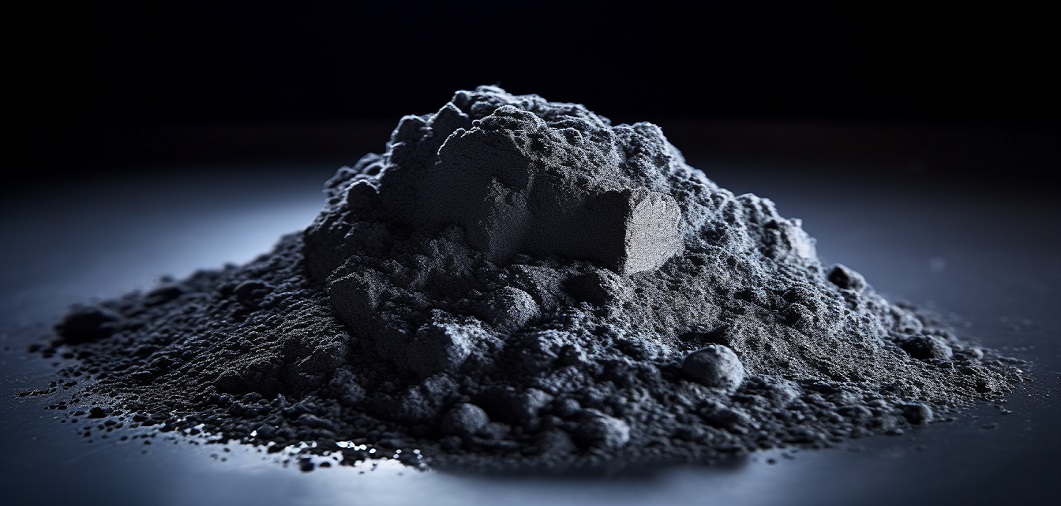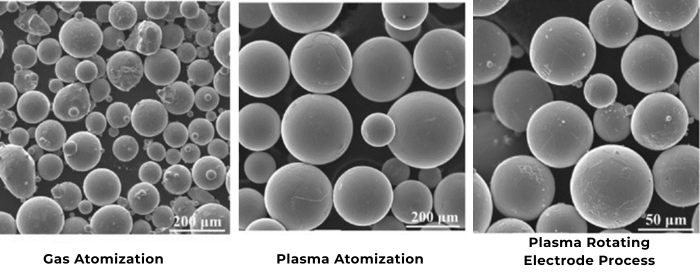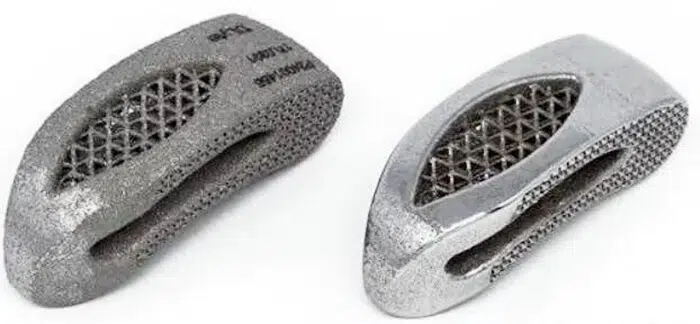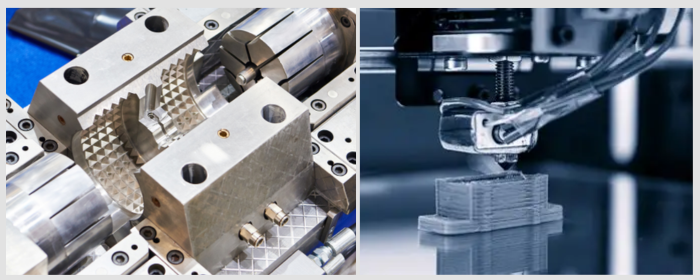

In the dynamic landscape of additive manufacturing, copper alloy powders have emerged as key players, opening new frontiers in diverse applications. Let's delve into the practical applications where these powders shine and the standards that guide their excellence.
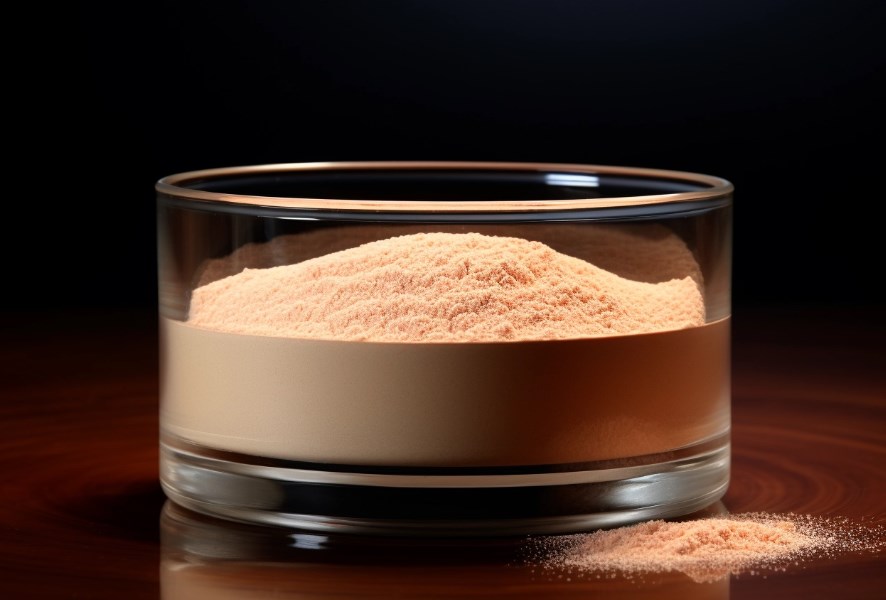
Heat exchangers are at the forefront of thermal management in various industries. The exceptional thermal conductivity of copper alloys, particularly UNS C10200, makes them ideal for crafting efficient and reliable heat exchange systems. Whether in industrial settings or modern appliances, copper alloy powders contribute to optimal heat dissipation and transfer.
Efficient cooling is paramount in electronic devices, and copper alloys play a pivotal role. In the form of heat sinks and conductor plates, these powders help manage heat generated by electronic components. The high thermal conductivity of copper alloys ensures the longevity and performance of electronic systems, from computers to advanced machinery.
The conductivity of copper alloys makes them invaluable in the electrical realm. From power transmission lines to intricate connectors in electronic devices, copper alloy powders provide low-resistance pathways for the seamless flow of electricity. This application underscores the importance of precision and reliability in electrical systems.
Induction coils lie at the heart of electromagnetic applications. Copper alloy powders, especially when conforming to UNS C10200 standards, exhibit the necessary properties for efficient induction. These coils find application in diverse fields, including induction heating, wireless charging, and magnetic field generation.
Behind the reliability of copper alloy powders stands the UNS C10200 standard. Defined by the Unified Numbering System, UNS C10200 sets the bar for high-quality copper, emphasizing its purity and suitability for various applications. Manufacturers adhering to this standard ensure consistency, reliability, and performance in their copper alloy powder products.
Delve into the intricate world of copper alloys, understanding the blend of metals that contribute to their unique characteristics. From brass to bronze, each alloy brings its own set of properties, enhancing the versatility of additive manufacturing.
Uncover the secrets behind the creation of copper alloy powders. From atomization to blending, explore the steps involved in producing these fine powders that serve as the building blocks for groundbreaking 3D prints.
Discover how copper alloys, with their excellent electrical conductivity, are revolutionizing the production of electronic components. From intricate circuitry to sensor applications, explore the impact of copper alloy powders in the world of high-performance electronics.
Take a journey through the skies as we explore how copper alloy powders are contributing to lightweight, yet robust components in aerospace manufacturing. From turbine blades to structural elements, witness the role of copper alloys in enhancing both strength and efficiency.
In the realm of additive manufacturing, the significance of powder size distribution cannot be overstated. The versatility of copper alloy powders lies not only in their applications but also in the customization of powder sizes to meet the unique demands of various 3D printing technologies. Let's explore how different powder size distributions cater to specific additive manufacturing platforms.
Copper alloy powders offer a spectrum of powder sizes, ensuring adaptability to different applications and additive manufacturing (AM) platforms. This flexibility is a testament to the commitment to precision in the 3D printing process.
The finer powder sizes cater to the intricate demands of Metal Injection Moulding, allowing for precise detailing and intricate designs in the manufactured components.
Binder Jet technology benefits from a specific range of powder sizes, ensuring optimal binding and layering during the printing process.
L-PBF, a widely used 3D printing method, benefits from a range of powder sizes, striking a balance between build speed and surface finish.
E-PBF, known for its high-energy precision, relies on a specific powder size range for efficient melting and layering.
DED, often used for large-scale applications, thrives on the versatility offered by a varied range of powder sizes.
Understanding the dynamic requirements of diverse industries, additional powder size range distributions are available upon request. This bespoke approach ensures that copper alloy powders can be fine-tuned to meet the exact specifications of specialized applications and emerging technologies in additive manufacturing.
In conclusion, the blog highlights the pivotal role of copper alloy powders in pushing the boundaries of additive manufacturing. From their metallurgical composition to transformative applications across industries, copper alloys are indeed forging innovation in the world of 3D printing. As we look to the future, these materials promise to unlock new possibilities, challenging our perceptions of what can be achieved in the exciting realm of additive manufacturing.

